Irritating and Poisonous Plants You Should Avoid
Updated: Jul. 27, 2022
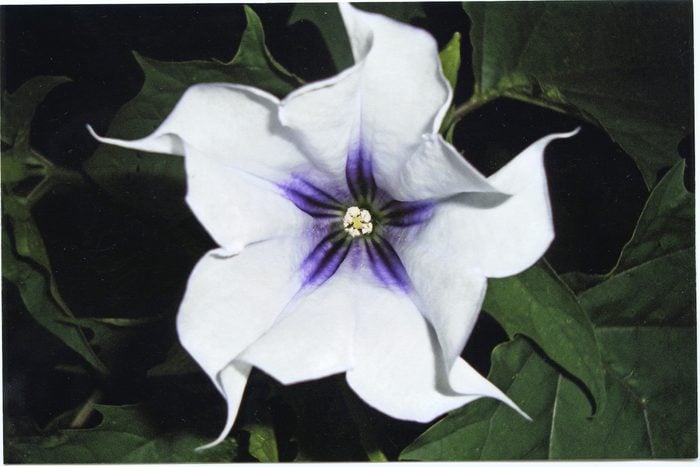
Some plants in your backyard may cause rashes, illness or other ill effects. Watch out for these irritating and poisonous plants in the garden.
Some flowers and other plants may look pretty, but they can cause serious itching or give you a whopper of a stomachache (or worse) if eaten. Discover the worst irritating and poisonous plants you should avoid growing.
Check out 10 pet friendly indoor plants for dog and cat owners.
Plants That Cause Skin Irritation
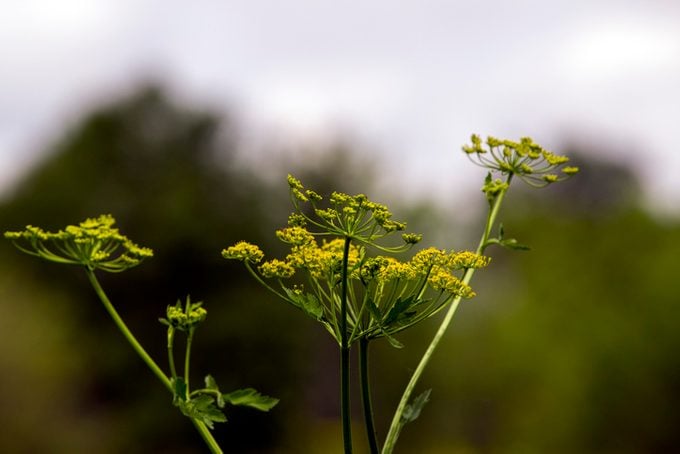
Gas plant, meadow rue, euphorbia and hyacinths are common landscape plants that can leave some gardeners covered with an itchy, red rash. The list of potential irritation-inducing plants is long. But not all gardeners will be affected by some—or even any—of these plants.
The best tactics to avoid the itch are to be careful about what you plant and be diligent about wearing protective garden apparel. Plus, learn maintenance strategies that’ll keep your landscape looking good…and your skin rash-free.
Follow these tips for gardening when you have a pollen allergy.
Start by taking note on how the offending plant causes the rash. Make changes based on that information. For instance, some gardeners with sensitive skin develop a rash after only a few minutes of handling prickly plants. If this is you, be sure to wear heavy clothing and leather garden gloves. Or convince your thicker-skinned gardening friends to help out.
Ragweed vs goldenrod: What’s growing in your yard?
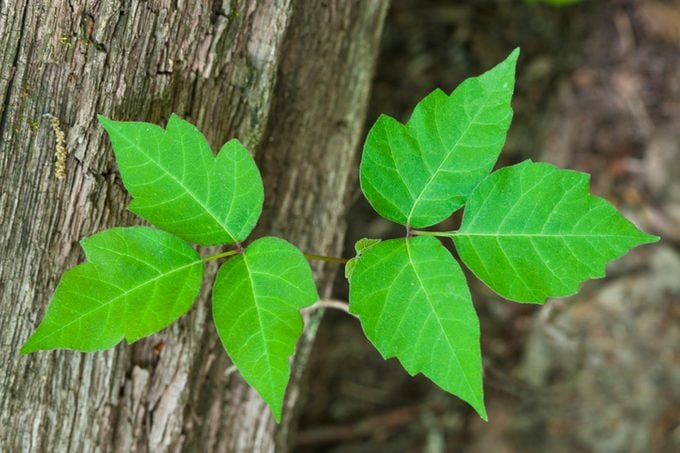
Infamous plants like poison ivy or even some ornamental euphorbias also contain irritants in their saps that result in a painful and itchy rash. Don long sleeves if you plan to garden around or weed these irritants out of your landscape. Immediately wash the irritating oils off your body and clothing to avoid further exposure and expansion of the rash.
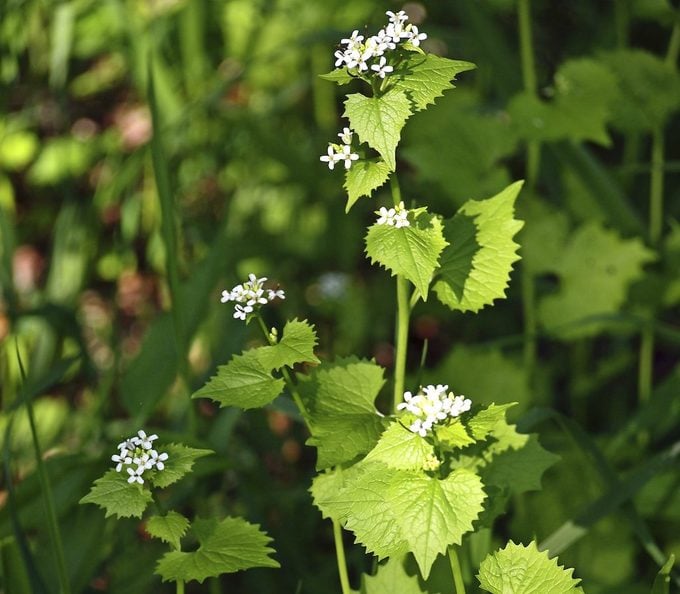
Oddly enough, gas plant, wild parsnip and garlic mustard sap cause a rash only when the irritating oils are exposed to sunlight. That’s why some gardeners weed at dusk or by their landscape lighting to eliminate the risk. But if you can work around these irritants only by the light of day, wear long sleeves and gloves. Wash skin immediately after you finish.
Psst—we found 8 mosquito-repelling plants you need in your yard ASAP.
Poisonous Plants
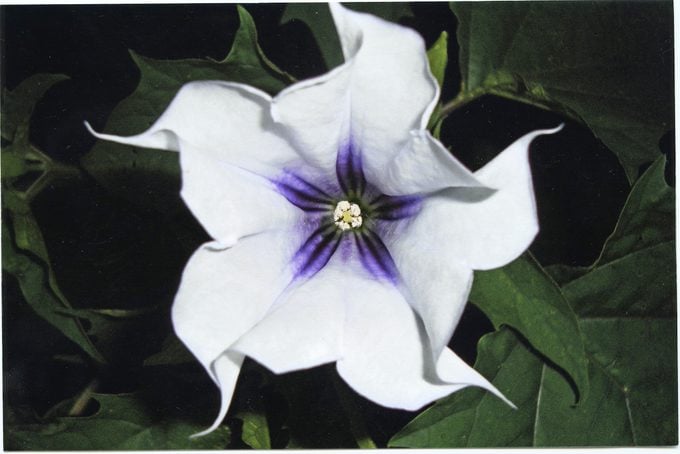
Just as we weigh the risk of planting rash and allergy-inducing plants in the landscape, we do the same for poisonous plants. It may surprise you to learn just how many of your favorite plants can cause stomachaches, diarrhea or even death when eaten. But let’s take a realistic look at living with potentially poisonous landscape plants. Don’t level your garden beds and switch to artificial turf and silk flowers.
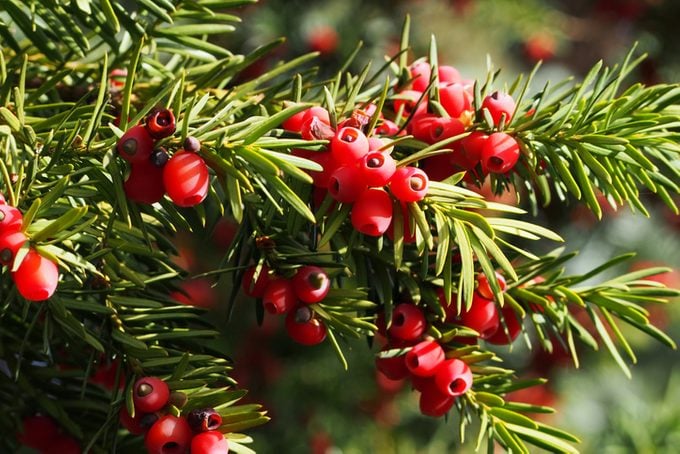
Those with small children and pets may want to avoid planting the very toxic datura, commonly known as Jimson weed, and castor bean. The seed in the fleshy red fruit of the yew, the nuts of horse chestnut trees and all parts of the oleander plant are also toxic. And let’s not forget the wild mushrooms Mother Nature sometimes scatters in the yard. Try growing an indoor mushroom kit instead!
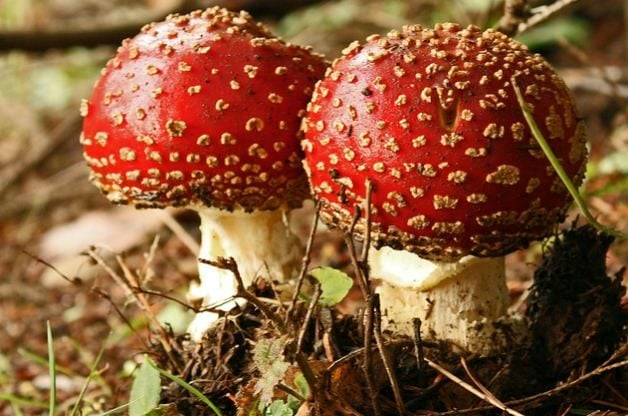
How to Reduce Your Risk from Poisonous Plants
Perhaps the most important thing we can do for our children is to curb their sense of adventure when it comes to eating wild plants. You should also keep houseplants, seeds and bulbs out of the reach of small children, cats and dogs.
Further reduce the risk by identifying and labeling all your landscape plants. As a gardener, it is great to have a record of what’s planted where. But as a parent or pet owner, you never know when this kind of information will be useful in the case of an emergency.
Lastly, try natural ways to kill weeds and eliminate insect pests rather than turning to noxious chemicals. Store all garden chemicals in their original containers in a secure location.
Next, learn about edible flowers that are safe to eat.
